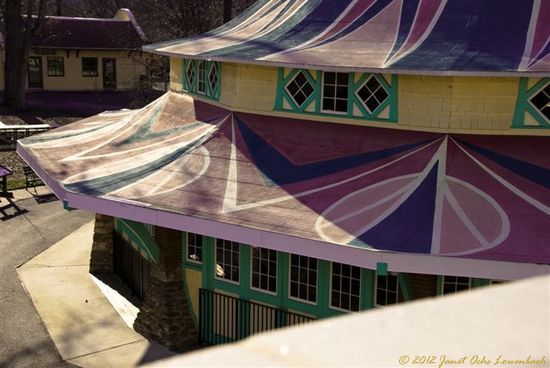Contrast is probably one of the widely used and accepted composition theory in the field of photography. Initially, contrast was intended for the traditional arts but later it blended very nicely into photography and became an essential part of it. You can define a contrast in anything and in any form you like while you are composing a photograph. It could be a contrast between light and dark, between different kind of shapes, colors and sizes. You can also explore and try different possibilities of contrast, such as contrasting large or small, long or short, color or monochrome, smooth or rough, transparent or opaque, vertical or horizontal, soft or hard, liquid or solid and so on. You can try contrasting your photographs in two different ways; you can take two pictures to define two poles of contrast separately or blend them together into one photograph. Sometimes it is not possible to blend any particular two poles of contrast into one image but you may be able to include other forms of contrast in the same photograph. For example, if you are doing landscape photography, you might want everything from the foreground to the background in focus. In such situations, it wouldn't be possible to have focus and blurry effect in one photograph but you can have light or dark contrast in the same photograph.
In this shot below which I took this afternoon, you can see the black/white and the light/dark contrast. Also, to maximize the impression of quantity, this shot was composed right to the edges of the blinds, but not to the edges so that the slats appear to extend far beyond the frame edges in both horizontal and vertical direction. In this photograph, little represents many which is also another form of contrast.
Contrast Composition
You don't have to limit the contrast to the colors and objects. You can also create a contrast of concept, such as continuous or intermittent or something non-visual like loud or quiet and so on.
Reference : The Photographer's Eye








